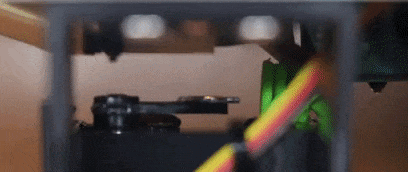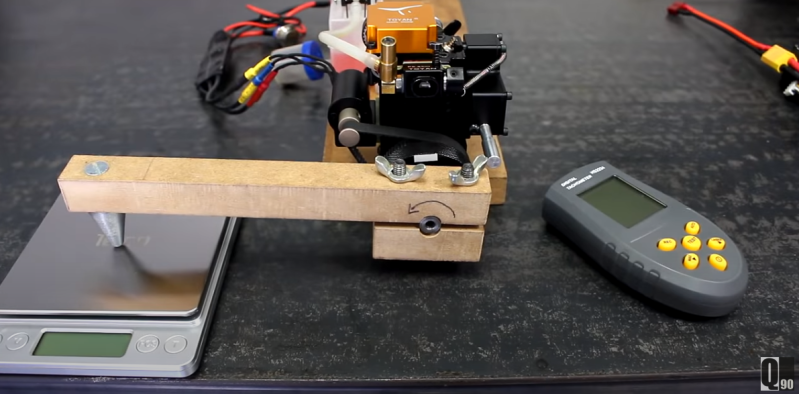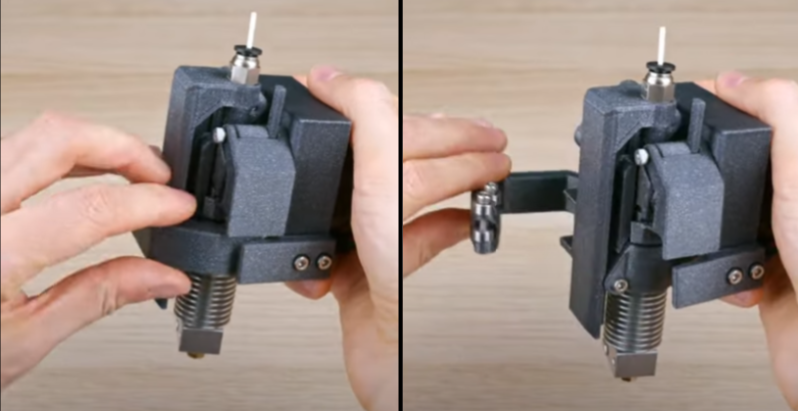A Pi USB Webcam That Was Born to Boot Quick

In the age of business Zoom rooms, having a crisp webcam is key for introducing fellow executives to your pet cat. Unfortunately, quality webcams are out of stock and building …read more Continue reading A Pi USB Webcam That Was Born to Boot Quick


